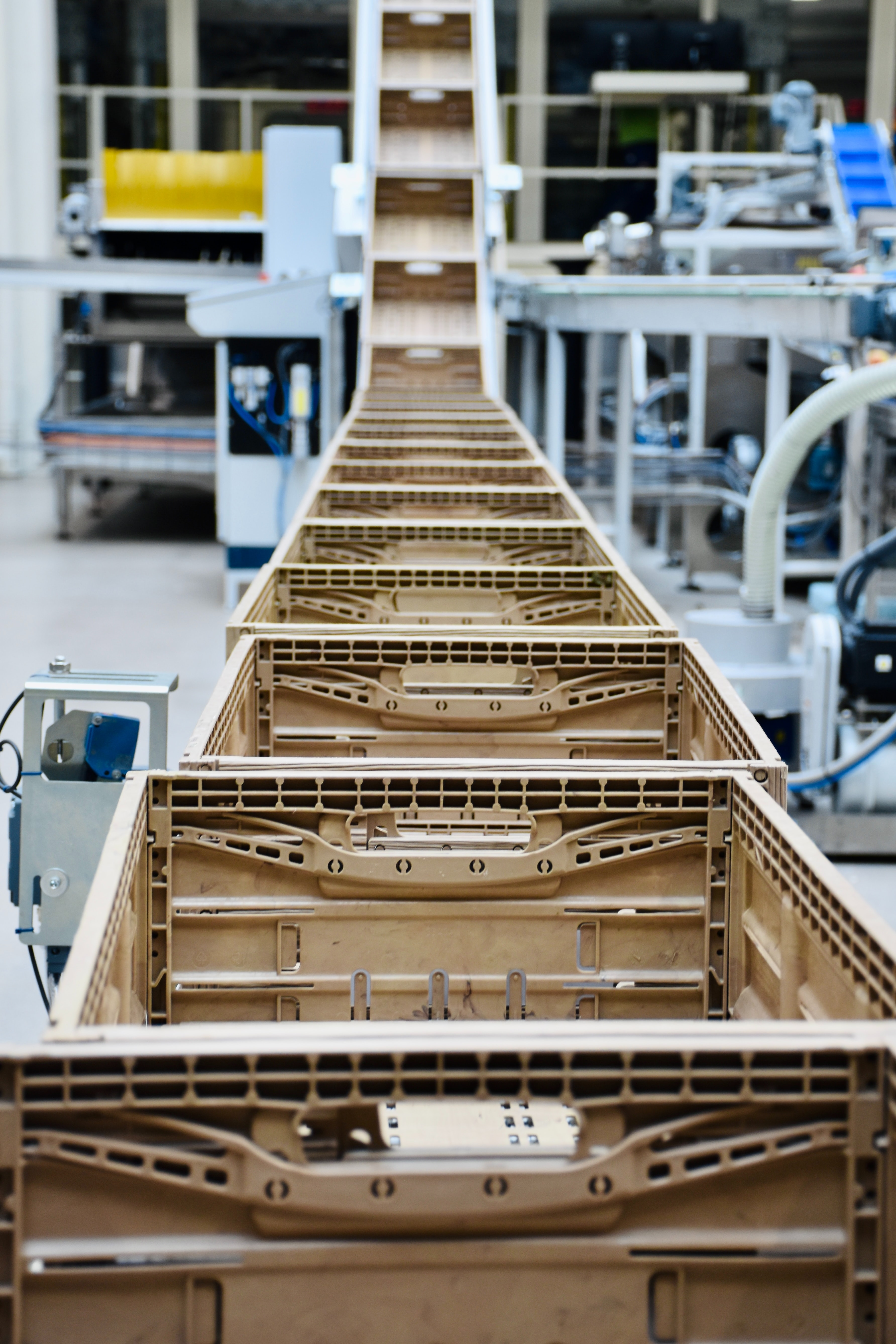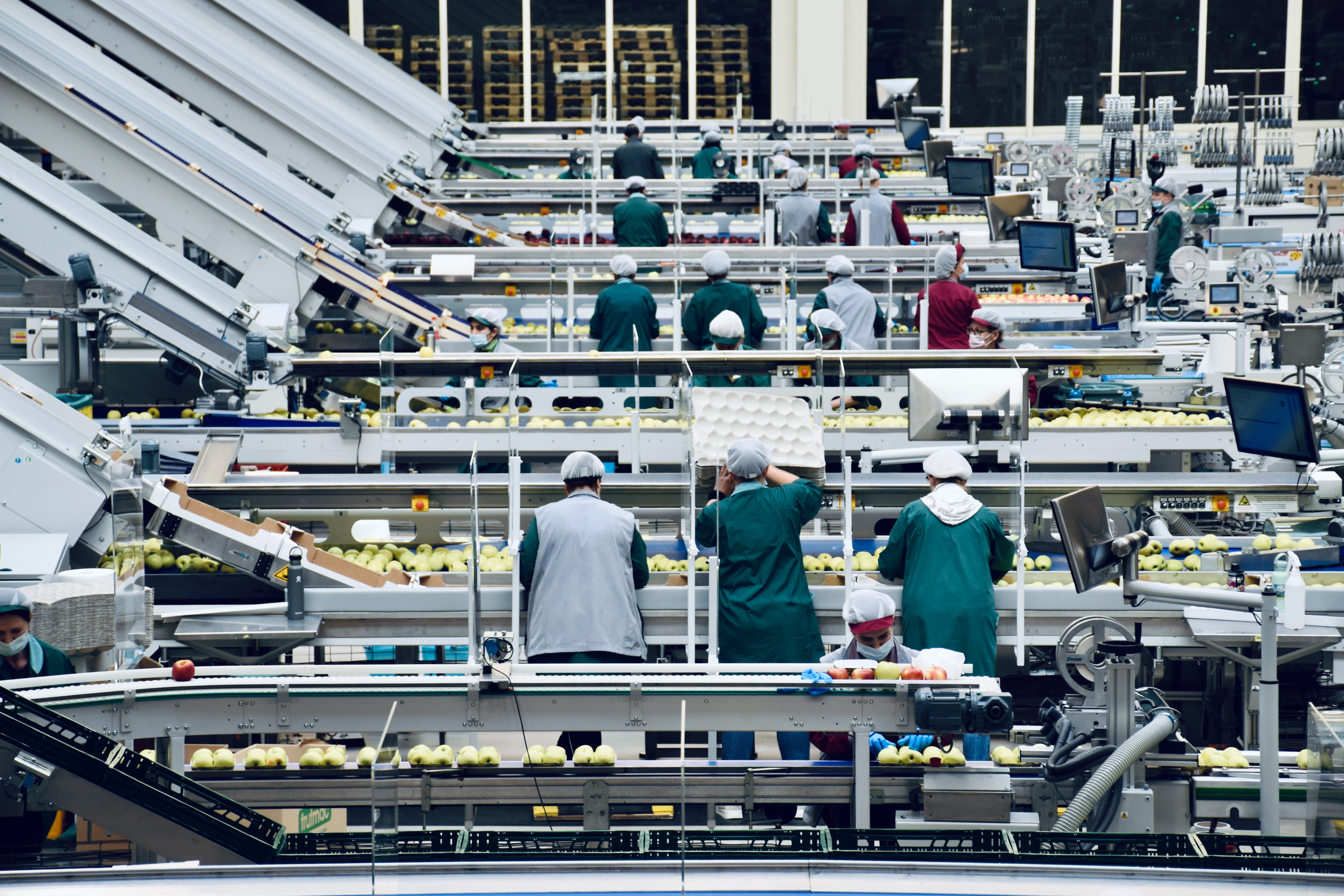The explosive growth of eCommerce continues to fuel innovation at a level not seen since the industrial revolution itself. Consumers demand greater speed and brands need cost-effective ways of delivering it.
Factor in worker shortages and disruptions in supply chains and the result has been a proverbial perfect storm of challenges for any online retailer, wholesaler, manufacturer, 3PL, shipping carrier, you name it.
Inevitably, this confluence of factors has accelerated major developments in warehouse automation. Businesses are examining time-consuming, labor-intensive warehouse processes and figuring out better ways to do them.
At SkuNexus, we design management software systems to help merchants optimize their eCommerce backend operations and always have a close eye on trends in warehouse automation solutions. Here are 7 to consider as you navigate the waters of 2022 and beyond.

1. Voice Picking
This rapidly-growing warehouse automation technology has proven its ability to reduce human error and increase productivity.
- Warehouse workers fulfilling orders are outfitted with mobile devices linked to headsets and barcode scanners, and the picking system imports customer orders which are converted into verbal commands/information.
- A two-way exchange is allowed (verbal, text, barcode scanner) whereby the picker can both receive information re: tasks/picking locations/etc., and relay confirmation data back to the system.
- Upon completion of a task, the picker receives instructions for the next pick (item location, optimal route through warehouse), and all activity is monitored so fulfillment can be tracked in real time.
- Additional benefits include reduced training time, increased worker safety, and greater accuracy.
2. Wearables
The headsets for voice picking are just one of the warehouse automation technologies currently available. Your employees can be equipped with a vast array of wearable devices to help increase accuracy, boost efficiency and turbo-charge their productivity.
Examples of these devices can include:
- Wearable Computers: Small tablets running warehouse management software can be worn on the wrist or arm. This on-the-go access to inventory and order information can reduce the need to visit a static terminal.
- Smart Glasses: Provide real-time decision-making support by instantly connecting workers to supervisors and/or enterprise management software.
- Ring Scanners: Small barcode scanners fitted on the hand can eliminate the need for a handheld device.
- Activity-Tracking Bracelets: Can provide critical biometric data to ensure worker safety.
- Finger-trigger Gloves: Analogous to ring scanners, these are a different “hands-free” option for barcode scanning.

3. Automated Storage and Retrieval Systems (ARRS)
These are warehouse automation systems specifically designed to store and retrieve inventory on demand. ARRS help to maximize warehouse space, both floor and vertical, increase throughput and picking accuracy, and reduce labor costs.
A critical component of ARRS is the ability to provide goods-to-person picking (aka GTP or G2P). In this method, the warehouse employee does not physically move to pick an order. Instead, a piece of machinery (crane, shuttle, vertical lift module, etc.) retrieves stock and delivers it directly to the pick/pack station. Once the needed amount of product has been picked to fulfill the order, the stock is returned.
4. Sortation Systems
Sortation involves identifying individual items on a conveyor and diverting them to their correct locations. These types of systems can dramatically increase sorting efficiency and decrease errors in the process.
- At receiving, a sortation system is beneficial when large deliveries contain mixed SKUs. By organizing cartons by SKU, items may be more easily palletized for putaway.
- During picking, a sorter can be used to route cartons/totes to the proper pick zones.
- In packing, the sorting system can consolidate items for shipping as well as distribute them based on the type of parcel required.
- For shipping, orders can be sorted based on the carrier/method/etc.
- Sortation systems also aid in the routing of items during reverse logistics for return back into stock.

5. Automated Guided Vehicles (AGVs)
Similar to what certain major electric car makers are hoping to achieve on the open roads, automated guided vehicles are autonomous, self-driving machines made for material handling without the need for a warehouse worker at the controls. They are increasingly being viewed as a flexible alternative to conveyor systems in the modern warehouse.
AGVs employ a range of navigation systems, from fixed, straight-line models using wires or magnetic tape, all the way up to mobile robots using sensors and cameras to detect, and move around, various obstacles.
Several different types of AGVs exist, and they include:
Automated Guided Carts
This is the most basic type of AGV. Outfitted with minimal features, they are used to transport materials from point-to-point.
Forklift AGVs
Exactly as it sounds, they perform the same tasks as a human-operated forklift.
Towing AGVs
Often used for moving heavy loads across long distances in the warehouse, these pull one or multiple non-powered vehicles. Towing AGVs can be programmed to make stops for loading/unloading at different points along an established path.
Autonomous Mobile Robots (AMRs)
Autonomous mobile robots (AMRs) are more advanced than other AGVs and do not need the guidance of fixed navigation systems. Thanks to their technology, AMRs can dynamically navigate the warehouse.

6. Collaborative Robots (Cobots)
These share many characteristics with AGVs and AMRs, but the collaborative element that puts cobots in place working alongside employees sets them apart. Considering their meteoric rise within the robotics space, they deserve consideration from any merchant looking to maximize efficiency and optimize warehouse operations.
While “hard-programmed” autonomous vehicles/robots do an excellent job within rigid parameters, they do not possess the flexibility to manage a wide variety of tasks that can come under the umbrella of warehouse fulfillment. Cobots, on the other hand, may be programmed on the fly to help with any number of issues.
Part of the desirability of cobots is due to the fact that they are designed to assist humans, not replace them. In addition, their relatively low cost and ease of use makes them a feasible automation technology solution.
7. Warehouse Management Systems (WMS)
Just in case anyone is still out there trying to do it without one. The complexity of the eCommerce warehouse demands technology to provide command and control. An integrated WMS will work with your other enterprise software to direct all warehouse operations, automate wherever possible (reduce manual processes), ensure accurate inventory accounting, and reduce labor costs.
With disrupted supply chains and continued labor shortages across the eCommerce landscape, businesses must continually look at any options to increase efficiency and improve productivity in their warehouse and fulfillment operations. Advancements in automation will only continue to evolve, and the brands that succeed will be those that evolve alongside it.
SkuNexus is committed to helping eCommerce businesses achieve ever-greater heights. If you would like to get a closer look at how we can help your business, please schedule a demo.
If you would like to enjoy more articles like this one, please subscribe to our blog.








